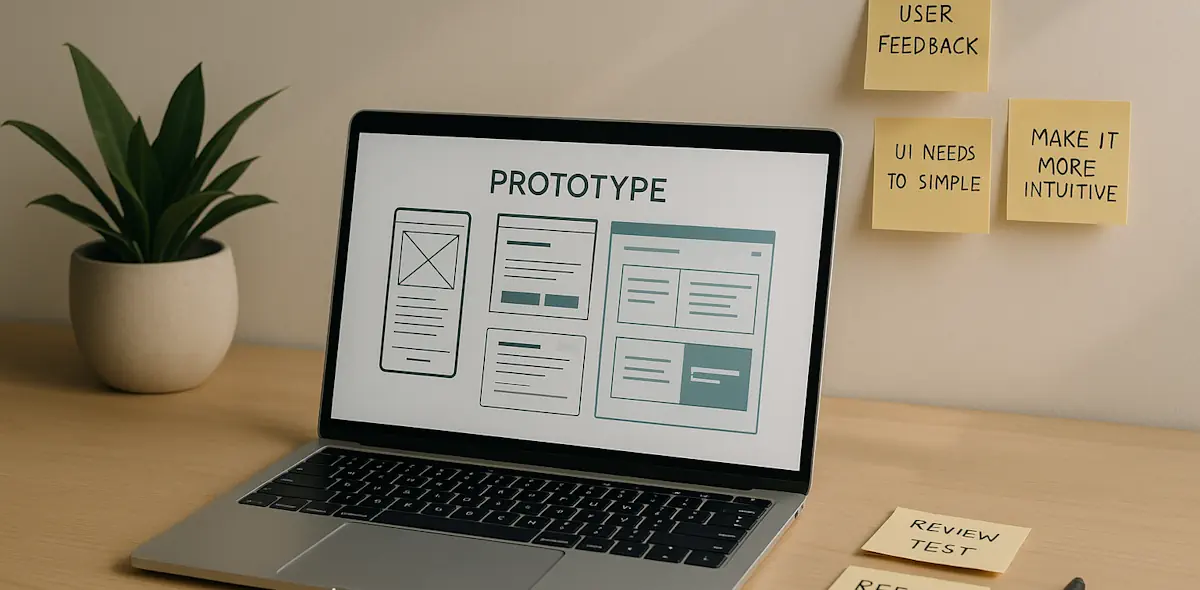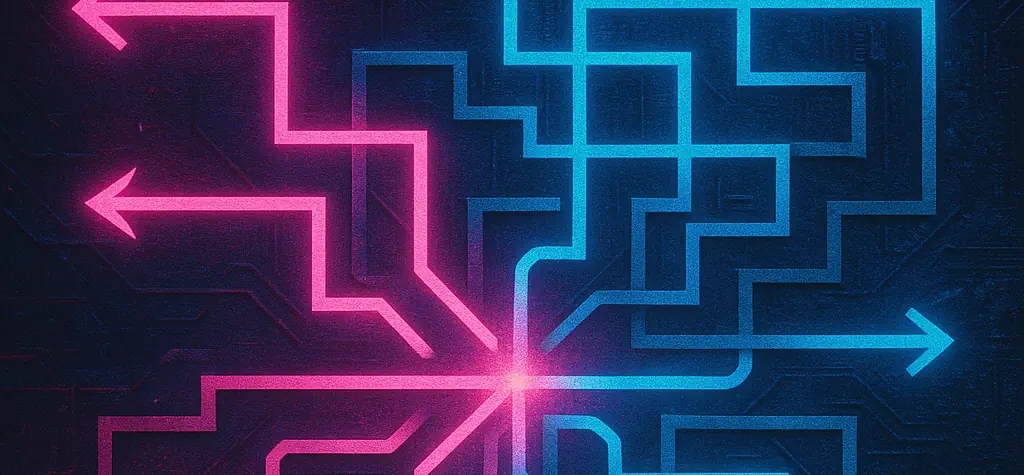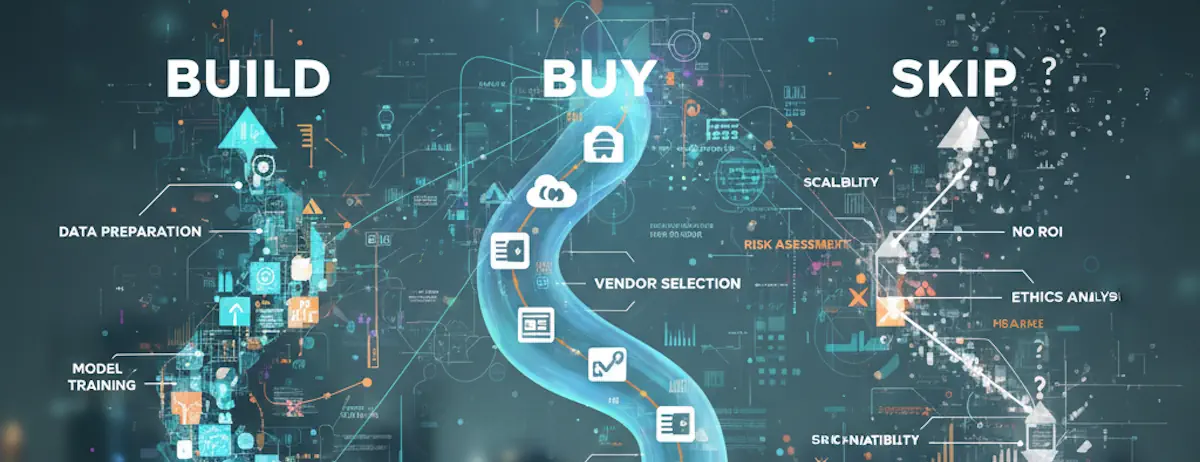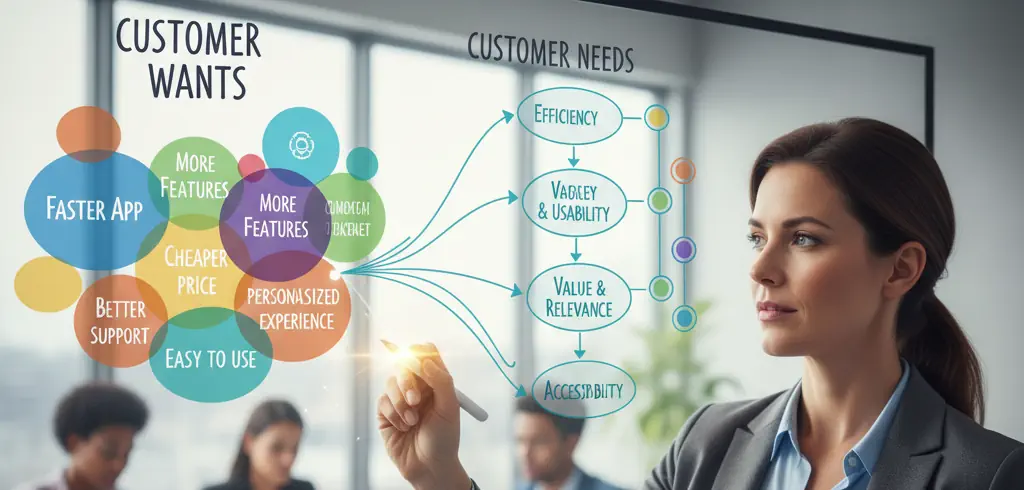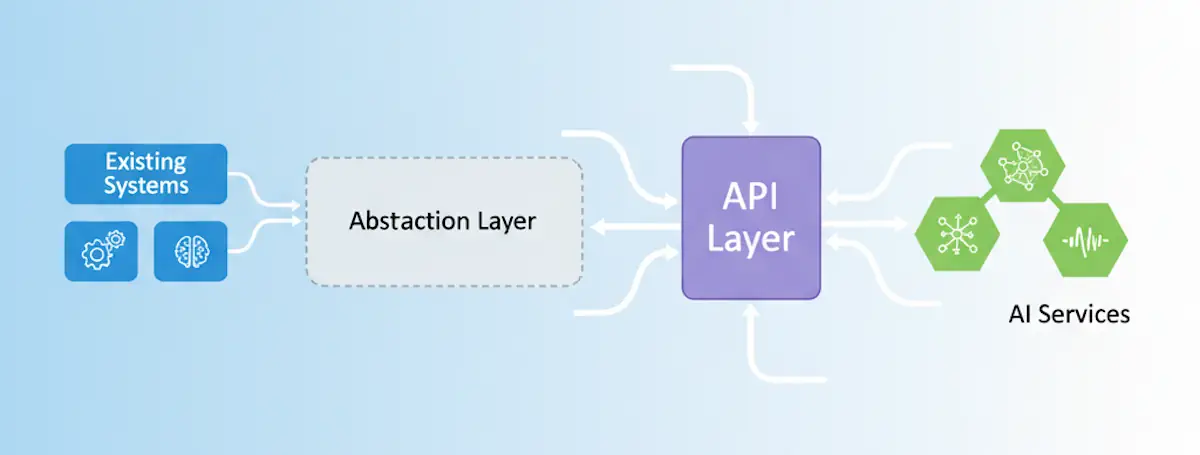Beyond Standups and Retros
The rituals that build real collaboration, not just status updates

The Slack message arrived at 4:47 PM on a Friday: “Why didn’t anyone tell me the API couldn’t handle that kind of traffic?”
It came from our customer care team, responding to user complaints about a feature that worked perfectly in isolation but buckled under real-world usage patterns. The backend engineer had built exactly what was specified. The frontend team delivered pixel-perfect implementations. Product had written comprehensive requirements and acceptance criteria.
But nobody had talked about the intersection of user behavior, system constraints, and interface design until users started complaining.
Research shows that 75% of cross-functional teams are dysfunctional, and I’ve seen why. It’s not that these teams don’t meet—they have daily standups, sprint retros, and planning sessions. The issue is that they’re optimizing for coordination, not collaboration.
After years of building and leading cross-functional teams across startups and enterprises, I’ve learned that the rituals that actually work go far beyond status updates. They build psychological safety first, create genuine understanding between disciplines, and foster inclusion that works for both remote and in-office team members.
The Hidden Cost of Ritual Theater
Most teams perform “ritual theater”—going through the motions of collaboration without creating real connection or shared understanding.
Daily standups become status reports (and are scheduled for 30 minutes to an hour). Sprint planning turns into feature negotiation. Retrospectives produce action items that get forgotten by the next sprint. Everyone shows up, everyone participates, but nobody truly collaborates.
The symptoms are everywhere:
- Engineers surprised by user feedback that contradicts their assumptions
- Designers creating mockups that can’t be built within technical constraints
- Product managers making commitments without understanding implementation complexity
- Marketing campaigns launching before features are actually ready
This theatrical approach becomes especially problematic in hybrid environments, where remote team members often feel excluded from the real conversations that happen between meetings. Only 23% of technical professionals report a strong understanding of adjacent disciplines, creating knowledge gaps that no amount of status updates can bridge.
Rituals That Build Collaboration
The teams I’ve seen succeed don’t just communicate more—they collaborate differently. They implement rituals designed to build understanding, create psychological safety, and ensure every voice is heard regardless of location or function.
Building Psychological Safety First
Real collaboration requires psychological safety as a foundation. You can’t have honest technical discussions, creative problem-solving, or effective conflict resolution without it.
“Beef Time” Sessions: Inspired by Slack’s internal “Beef Tweets” channel, these are dedicated times where team members can openly share frustrations about processes, tools, or decisions without fear of retaliation. Everyone listens without reacting or judging. At the end, the group collectively proposes solutions.
I introduced this with a product team that was struggling with recurring technical debt issues during COVID. During our first session, an engineer finally admitted that rushed delivery timelines were forcing shortcuts that created maintenance nightmares. A designer revealed frustration with last-minute requirement changes. Product acknowledged pressure from marketing for features that were reactive to the pandemic, not customer-centric.
Those honest admissions led to real process changes: earlier technical feasibility discussions, design system components to speed implementation, and better stakeholder expectation management.
Reflection Rituals: End important cross-functional meetings with a brief reflection moment. Ask everyone to write three words describing their emotional state or key takeaway on a virtual sticky note. On the count of three, everyone reveals their notes simultaneously.
This creates space for emotional processing and often reveals concerns that wouldn’t surface in traditional retrospectives. When someone shares words like “overwhelmed,” “confused,” or “excited,” it opens conversations about workload, clarity, or momentum that pure task updates miss.
Cross-Functional Knowledge Sharing
The best cross-functional teams don’t just work together—they learn from each other. Knowledge sharing rituals break down disciplinary silos and create mutual empathy.
Rotating Skill Shares: Every other Wednesday, one team member teaches a 20-minute skill relevant to the broader team. This might be a designer explaining user research methods to engineers, a backend developer walking through API design principles, or a product manager sharing customer interview techniques.
It could also be something entirely unrelated. A year or so ago, our team sat down and crocheted coasters together. Mine’s lopsided and a bit funky looking, but it was a great time.
Cross-Functional Skill Share Examples
Record these sessions and tag them by function and theme. After six months, you’ll have a library of cross-functional knowledge that new hires can access and existing team members can reference.
Technical Debt Retrospectives: Quarterly 90-minute sessions where technical and business team members jointly review system health. Engineers present technical debt items with business impact context. Product and design team members help prioritize based on user experience effects and feature delivery constraints.
This creates shared ownership of technical decisions rather than leaving engineers to advocate for maintenance work in isolation. When a designer understands how database schema decisions affect page load times, or when a product manager sees how rushed features create support ticket volume, better prioritization decisions follow naturally.
Fostering Inclusion in Hybrid Teams
Hybrid teams face the challenge of avoiding “in-room advantage”—where co-located team members have richer interactions while remote colleagues become second-class participants. Inclusive rituals deliberately design for equal participation.
“Leader Drop-In Hours”: Leaders hold open video sessions where they work visibly while team members can drop in with questions, ideas, or just to chat. No calendar invitation needed—just drop the link in chat status and keep the video room open.
This recreates the accessibility of leaders in office environments for remote team members. The key is making it genuinely casual—leaders should be doing actual work, not sitting idle waiting for questions. Ten-minute time caps prevent queue formation while encouraging quick check-ins.
Buddy System Pairing: Every two weeks, pair team members who haven’t interacted recently for a 15-minute virtual coffee chat. They can discuss anything except specific deliverables—the goal is building personal connections that support better professional collaboration.
These pairs often discover shared interests, complementary skills, or helpful perspectives that wouldn’t emerge in task-focused meetings. I’ve seen buddy system conversations lead to better feature ideas, more effective code reviews, and stronger cross-functional advocacy.
Startup vs. Enterprise Approaches
The scale and structure of your organization shapes which rituals work best and how to implement them effectively.
Startup Approaches (Teams 10-100)
Startups have the advantage of fewer communication layers but face resource constraints and role ambiguity. Successful startup rituals focus on clarity and efficiency.
Clear Goal and Deadline Setting: When everyone wears multiple hats, role confusion kills cross-functional projects. Use frameworks like RACI (Responsible, Accountable, Consulted, Informed) to establish clear ownership from project start.
Executive Champion Model: Cross-functional projects with single high-level executive champions have a 76% success rate compared to 19% for projects with only moderate governance support. In startups, this often means founder or C-level involvement in project kickoffs and milestone check-ins.
Relationship Building Questions: Before diving into project work, establish working relationships. Tina Chen from Slack uses questions like: “When and how will we share design work?” “What design decisions should be made first?” “What decisions are difficult to change later on?”
These meta-conversations about workflow prevent misaligned expectations and create shared understanding of each discipline’s constraints and needs.
Enterprise Approaches (Larger Organizations)
Enterprises can invest in more sophisticated tooling and processes but must navigate complex organizational dynamics and established silos.
Systematic Knowledge Sharing: Companies like Codecademy create “Metrics Dictionary” wiki pages where every department defines their KPIs and success measures. This creates shared understanding of what each function optimizes for and how their goals interconnect.
Structured Communication Protocols: Technical requirement templates that translate market needs into development tasks. Regular technical feasibility discussions before feature commitments. Joint customer research sessions that give technical teams direct user insight.
Incentive Alignment: Link individual performance reviews and team bonuses to cross-functional project success, not just functional metrics. When engineers are evaluated partly on user experience impact and designers are measured on implementation feasibility, collaboration improves naturally.
Cross-Functional Ritual Framework
• Reflection moments
• Vulnerability modeling
• Technical debt reviews
• Cross-functional demos
• Buddy system pairing
• Remote-first meetings
Making It Work in Practice
Implementing these rituals successfully requires attention to psychological safety, measurement, and continuous adaptation.
Start with Safety
You can’t jump straight to cross-functional skill sharing if team members don’t trust each other with honest feedback. Begin with rituals that build psychological safety—reflection moments, appreciation practices, and leader vulnerability modeling.
As I’ve written before about building psychological safety, leaders must model the vulnerability they want to see. When a VP admits to feeling overwhelmed by competing priorities or uncertain about technical feasibility, it creates space for individual contributors to share similar concerns.
Address the “What’s In It For Me” Question
Connect rituals to intrinsic motivations that matter to each function. For engineers, emphasize mastery development and recognition for technical contributions. For designers, highlight user impact and creative problem-solving opportunities. For product managers, focus on better decision-making data and stakeholder alignment.
Lifelong learners are naturally drawn to cross-functional skill development, but even more specialized team members will engage when they see clear value for their daily work.
Track Outcomes, Not Activities
Focus on whether cross-functional understanding actually improves, not just whether people attend sessions. I learned this lesson the hard way after implementing skill sharing sessions that had perfect attendance but zero behavior change.
Instead of counting participation, track:
- Time from feature conception to user value delivery
- Post-launch feature modification frequency (indicates requirements alignment)
- Cross-functional question frequency (shows knowledge sharing effectiveness)
- Team member satisfaction with collaboration quality
Run quarterly retrospectives specifically on the rituals themselves. Which ones energize versus drain? What works better for different working styles? I’ve found that the most effective rituals evolve with team needs rather than remaining static processes.
Beyond the Ritual
Effective cross-functional collaboration isn’t ultimately about the specific rituals you implement—it’s about creating conditions where diverse perspectives combine to solve problems better than any single discipline could alone.
The rituals are scaffolding. They create structured opportunities for understanding, empathy, and shared ownership to develop. But the real magic happens in the moments between rituals, when a designer instinctively considers technical constraints, when an engineer proactively explains performance implications to product stakeholders, when a product manager advocates for refactoring time because they understand the user experience impact.
What rituals has your team implemented that go beyond traditional standups and retros? Which ones created genuine collaboration versus just better coordination?
The teams that get this right don’t just ship features faster—they build products that actually solve user problems while maintaining system health and team satisfaction. That’s worth moving beyond ritual theater to achieve.

